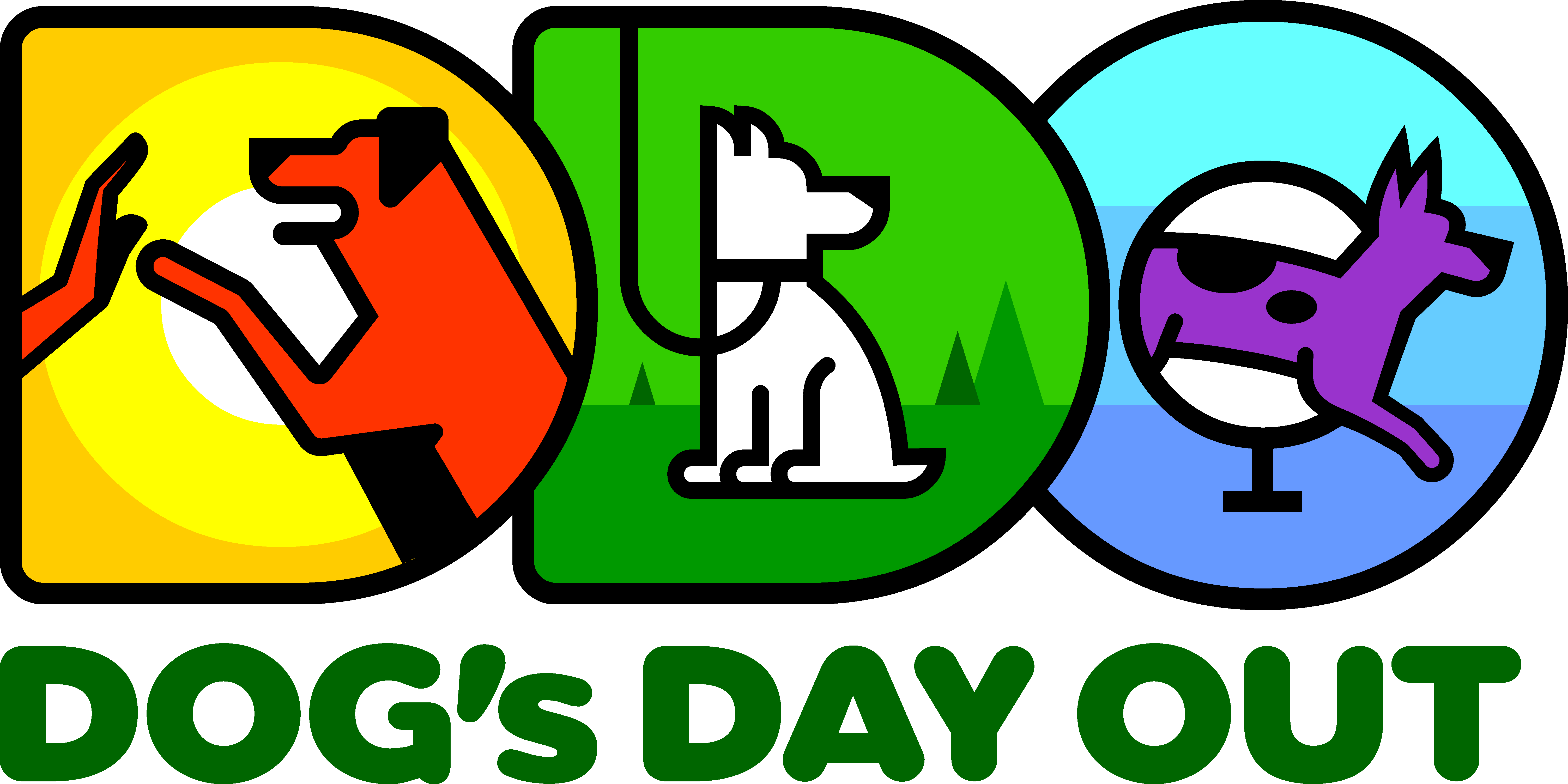I see a lot of fearful and stressed small dogs who very often have issues stemming from human handling. My heart breaks for the little guys because I see them sending out signals to the humans around them that they are uncomfortable but no one seems to be listening! Many of these stressed little dogs would be a lot less so if we just paid attention to what they are “telling” us and interacted with them a bit differently. It is easy for us to do things TO a small dog (pick him up, pull him on the leash to where we want him to go) but if we let the dog initiate the interactions we have with him and give him a little choice and “say” in the matter, we can hugely impact his welfare and make him feel so much more comfortable, relaxed and safe. I have a few tips for interacting with our little dogs…
PICKING UP:
- Do not just bend over your small dog and pick him up! This type of body language from us can be at best, mildly intimidating and worse, extremely frightening to a dog who is uncomfortable with, or not conditioned to, that approach.
- Some small dogs DO love to be picked up and held but for MANY small dogs being lifted with all four feet off the ground off is an uncomfortable state in which the dog perceives himself as being trapped.
- A dog who is held off the ground IS trapped simply because he cannot get away/down on his own and may have to “tell” the person picking them up he is uncomfortable, possibly by growling, snapping or biting.
- The dog has almost always “told” the person with numerous body signals that he was uncomfortable (stiffening, quick head turn, side glance, air snap) before he actually bites. We need to “listen” to the dog.
- Since one of the reasons a lot of people want a small dog is so that they CAN pick them up and have them in their lap, I recommend teaching the small dogs in our care TO hop into a lap. Make it a game! If the dog hops into the person’s lap on his own instead of being picked up, we are giving the dog the choice and they will likely be more comfortable in the position. We also need to allow the dog to jump off if they desire.
TEACHING “UP” or LAP:
- Sit on the ground and wait for your dog to jump into your lap and treat him. Many dogs are happy to do so. If needed, you can coax him in to your lap by dropping a treat on your lap but do not touch your dog if he takes the treat. At this stage you are just associating your lap with good things for your dog.
- Let your dog decide to get in your lap and don’t start petting him immediately when he 1st jumps into your lap. He may want the treat at this point but may not necessarily want you touching or handling him so wait until he stays on your lap, has relaxed, wiggly, loose body language, or gives you a nudge for petting.
- Once your dog is happily jumping into your lap play a game of UP and OFF. Cue/say “UP” right before he jumps up then give a treat in your lap.
- Next, toss a treat on ground so he jumps off to get it. Once he is consistently jumping off your lap for the treat cue/say “OFF” right before you toss the treat on the floor. Repeat Up and Off many times thus, turning jumping in and out of you lap a fun game!
GIVE HIM WARNING: Teach him 1-2-3 and “label” or call out what you will be doing before picking up or handling. This gives him time to prepare for what will happen next and he will understand that whatever you are going to do to him will end with a treat delivery, making even unpleasant things more bearable.
Always observe your dog’s body language closely. If you are seeing any tense signals (stiffening, tucked tail, head turn, tongue flicks, lifted paw, side eye) ignore your dog and do not approach. If the dog’s body language is loose, happy and wiggly – touch away! Be aware that he might change his mind during the petting session so keep watching and “listening” to what he is telling you.
COUNTER CONDITIONING AND DESENSITIZING TO HANDLING OR EQUIPMENT:
While jumping in and out of your lap might be a bit much for your larger dog, this next part applies to dogs of all sizes.
If your dog is uncomfortable with handling or equipment start a counter conditioning/desensitization protocol (CC/DS). NOTE: This a short version so I suggest you seek professional help if you are not familiar with this type of protocol but here’s the general idea…
- Identify triggers. Examples: hand coming toward body/head/feet, hand on equipment (harness, collar, leash), picking up, someone entering space…
- Present trigger at a distance where the dog is still comfortable and give a treat.
- Continue to pair the treat with the trigger always staying at the level where the dog is relaxed then gradually get closer. Example:
- Hand reaches toward dog=treat appears. Repeat until the dog does not care about the hand, even “likes” the hand coming towards him because it means the treat is coming.
- Touch side of dog = treat. NOTE: Pet/scratch the dog on the side closest to you so the dog is free to walk away easily if he chooses. Repeat as above.
- Scratch side of dog = treat.
- Continue as needed for handling the dog
For more resources on low stress handling and cooperative care see our curated Pinterest Board.

